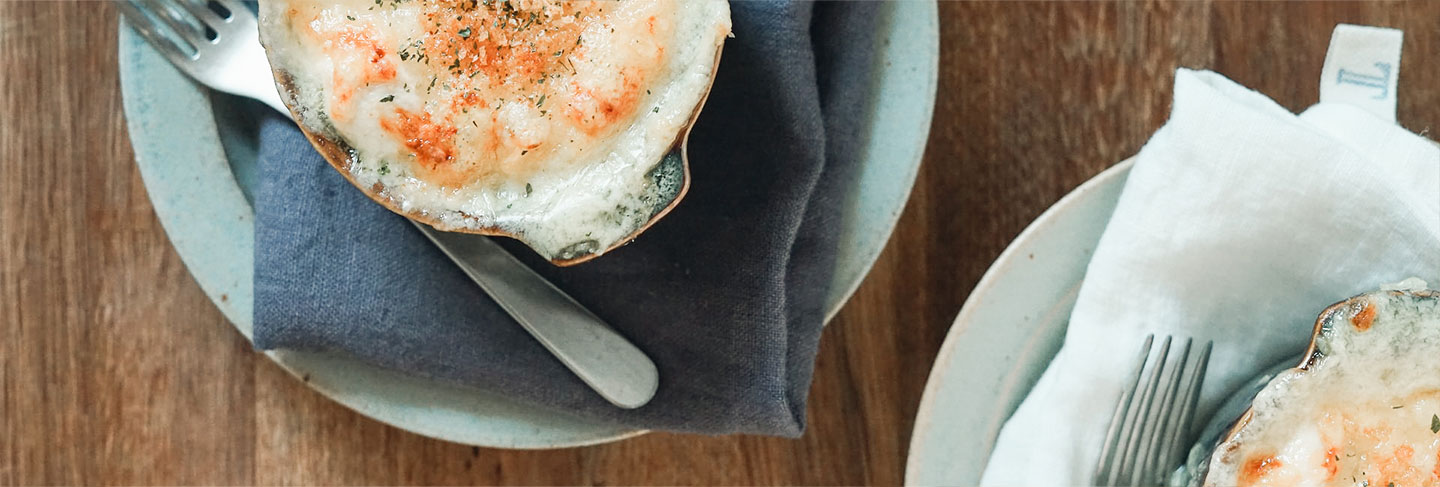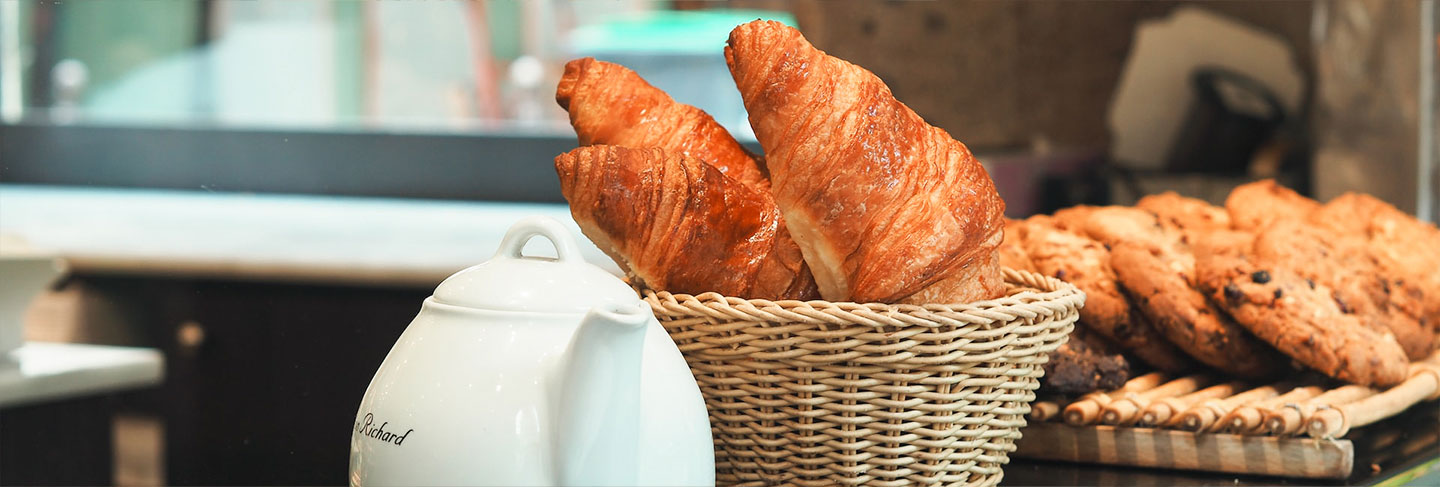From festive meals to high-end restaurants and local cuisine using the best possible ingredients, France is a foodie's paradise.
One of the most important things to keep in mind when talking about French gastronomy is that France is not just a nation but a collection of regions with their own specialities.
France's regions stretch from the north, where it touches Germany, to the south, where France slips into Italy and Spain. The result is a cuisine that combines influences from all over Europe and makes them its own.
Another characteristic of French cuisine is the use of particular techniques. These are techniques that other countries and cultures have adopted over time, yet they remain thoroughly French. Herbs play an essential role in the creation of many French dishes. The bouquet garni is a collection of herbs that are often added at the last minute and removed before a dish is served. Herbs and other vegetables can also be finely chopped and then added. This process is known as chiffonade. It allows the herbs to reach every part of the dish creating a smooth, even finish.
Of all the techniques that mark French cuisine, the use of sauces is perhaps one of the most noteworthy. French sauces are legendary! Generally speaking, there are five basic sauces: béchamel, velouté, espagnole, tomate and hollandaise. These are used alone or to create other sauces with ingredients ranging from herbs to chopped onions.
Béchamel uses dairy and flour, while velouté and espagnole add the broth to the flour. Tomate sauce uses tomato, while hollandaise uses butter and egg yolks. Each sauce can be used in a variety of preparations from poached eggs to grilled meats. Each distinct sauce shares one thing in common: it brings exquisite flavours to a dish.
Regional techniques and particularities therefore shape French gastronomy. But there is another important point: the French want it to be local, made with local products. Cooking local means making the most of all that France has to offer.
Many French people try to do their shopping at least several times a week. They will have a pain au chocolat in a boulangerie (bakery) in the morning. Then it's time to head to the local market for a selection of charcuterie and a baguette prepared only an hour earlier. The French love to pause and savour their food.
The French also love the holidays. At Christmas, the main meal is known as Réveillon, on Christmas Eve. Baked turkey is often chosen as the main course and a chocolate log is served for dessert. Among the items eaten at the beginning of the meal are oysters and foie gras.
The French also know that part of the pleasure of eating is to enhance every aspect of the meal by stimulating all the senses. This includes taste, smell and the use of colour to draw attention to the plate.
French cuisine is ultimately about honouring everything that happens on the table and the needs of each person present. Ingredients are carefully chosen and cooked using age-old techniques, perfected over generations.
As a result, UNESCO has added French gastronomy to its representative list of the intangible cultural heritage of humanity.


